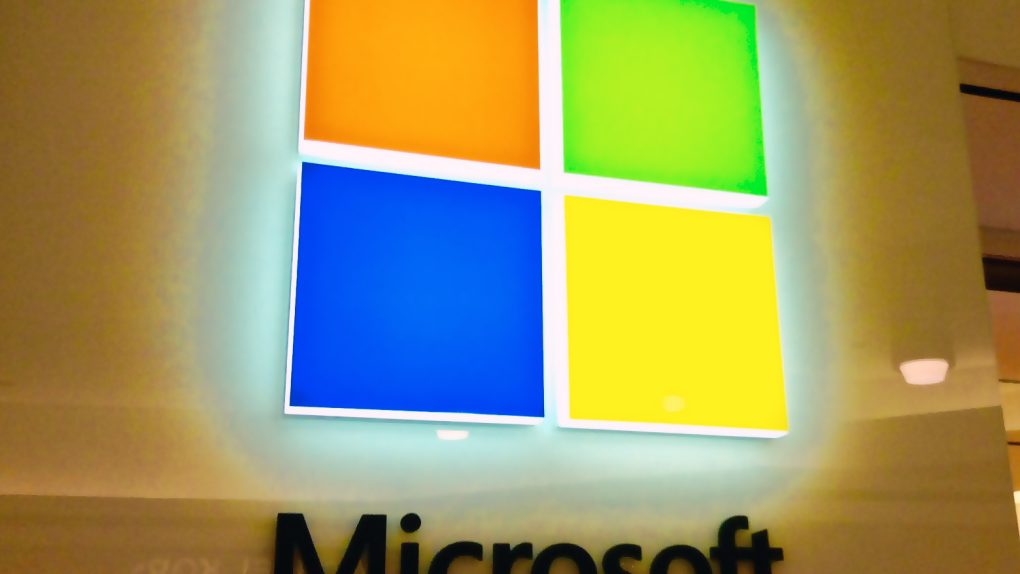This week, rumors have become reality and Microsoft has announced that it’s shedding sales jobs to focus on the cloud. Firing an estimated 3,000 people normally isn’t a sign of good health for a company, but for Microsoft, it’s actually a good thing.
“Microsoft is implementing changes to better serve our customers and partners,” Microsoft told CNBC. “Today, we are taking steps to notify some employees that their jobs are under consideration or that their positions will be eliminated. Like all companies, we evaluate our business on a regular basis. This can result in increased investment in some places and, from time-to-time, re-deployment in others.”
For once, this sounds like more than just corporatese. Reports have suggested that the layoffs will hit around 3,000 employees in the marketing and sales department, and focus mostly on sales staff who sold boxed software licenses. This is impressive, because it means that for the first half of 2017, Microsoft paid at least 3,000 people to sell boxed software licenses.
More important is what Microsoft intends to do with the money it saved. Satya Nadella, the Microsoft CEO who took over from Steve Ballmer, has always been passionate about Microsoft’s future in the cloud. From a consumer perspective, that means a focus on Office 365 subscriptions rather than standalone Office licenses; for Microsoft’s larger enterprise wing, that means more Azure.
You might not have heard much about Microsoft’s cloud computing platform before, but Azure is central to Microsoft’s plans to stay relevant for the next decade. Azure is Microsoft’s equivalent to Amazon’s wildly popular AWS cloud server product, and it’s proved profitable already. Microsoft doesn’t break out specific financials for Azure, but we know that year-on-year, it grew 93 percent last quarter. Overall, Microsoft’s Commercial cloud products — which includes Azure and Office 365 Commercial — pulled down $14 billion in revenue in Q2 2017.
Compare that to what’s happened to Microsoft’s traditional business model. Sales of Windows licenses are difficult to break out, but the overall down trend in PC sales is terrible for trying to sell Windows. Add in that Microsoft has given up trying to charge people for upgrades, and the one thing that’s overtly clear is that making money selling operating system licenses for PC is not realistic any more.
That’s why, despite the pain, Microsoft losing 3,000 sales employees to focus on cloud services, R&D, and enterprise support is the best thing the company could do in this position. All too often, we see dying internet companies trying to cling to the business model they know and love (ahem, Yahoo!). Instead, Microsoft has performed the difficult operation of pivoting a multi-billion-dollar company to a completely new way of making money.










